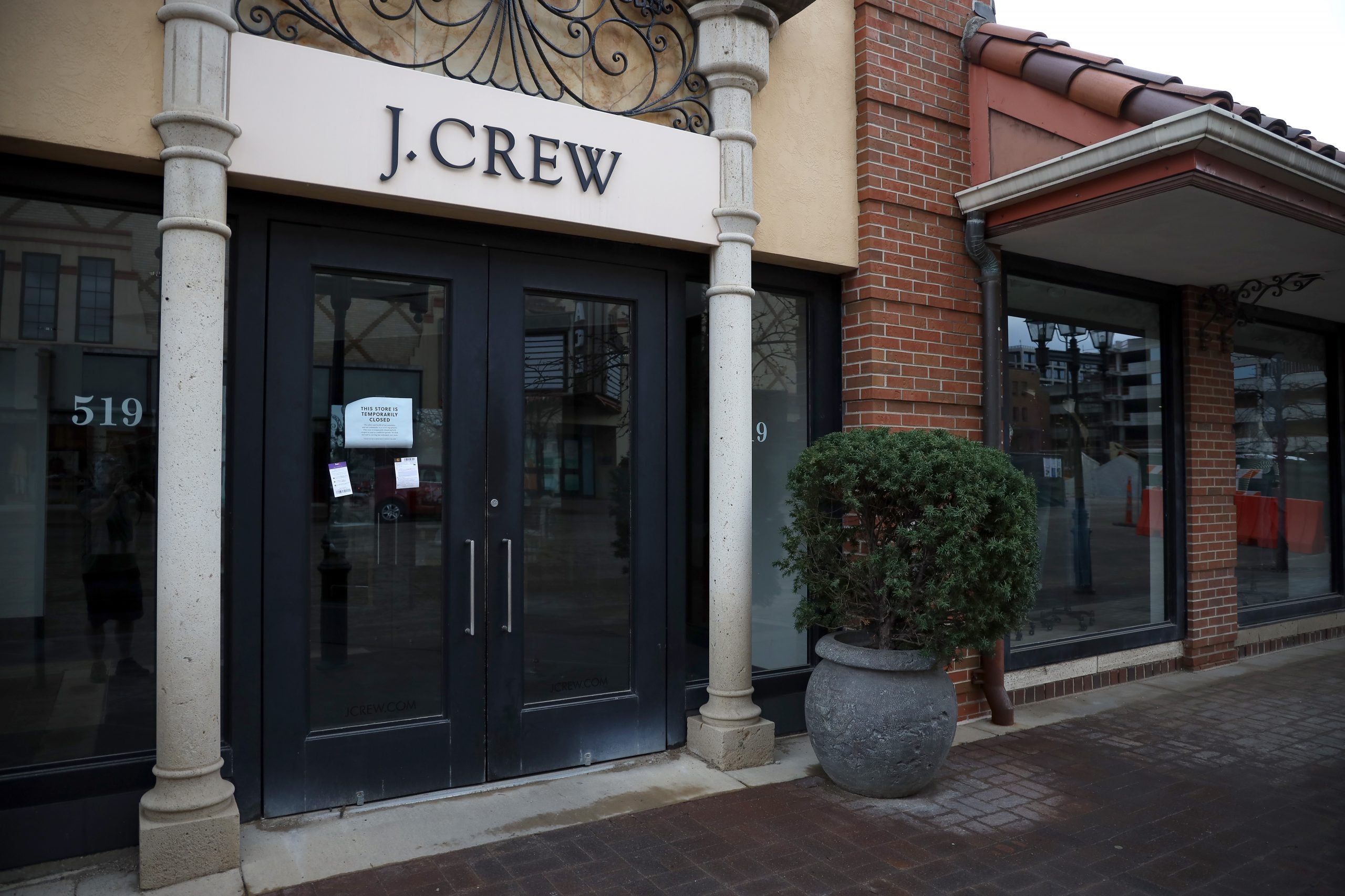
J.Crew became the first major retail casualty of the coronavirus pandemic after the company filed for bankruptcy protection on Monday, The New York Times reports.
While the deadly virus did force the New York–based retailer to shutter all of its J.Crew and Madewell stores, the company had already been grappling with enormous debt and struggling sales.
According to the Times, under the bankruptcy agreement, lenders will convert some $1.65 billion of J.Crew’s debt into equity. J.Crew also announced that it will be keeping Madewell as a part of the J.Crew Group, Inc., after originally planning to spin the brand into a public company.
“This agreement with our lenders represents a critical milestone in the ongoing process to transform our business with the goal of driving long-term, sustainable growth for J.Crew and further enhancing Madewell’s growth momentum,” said Jan Singer, chief executive officer at J.Crew Group, in a statement.
In 2008, J.Crew, an American staple for the past 73 years, saw a surge in popularity after former First Lady Michelle Obama appeared on The Tonight Show With Jay Leno wearing her now-iconic J.Crew ensemble.
But then the company acquired two private equity firms, TPG Capital and Leonard Green & Partners in 2011, in a leveraged buyout that left it $1.7 billion in debt.
According to the Washington Post, J.Crew’s popularity started to plummet shortly after, with analysts saying the clothing quality was deteriorating and fans no longer being impressed by the options offered.
By 2014, J.Crew was showing signs of faltering, reporting a $697.8 million loss in the third quarter, the Post reports.
Throughout the bankruptcy case, J.Crew says that its e-commerce businesses will continue to operate as normal. Whenever the restrictions due to the pandemic have been lifted, the brand intends to reopen its retail stores.





